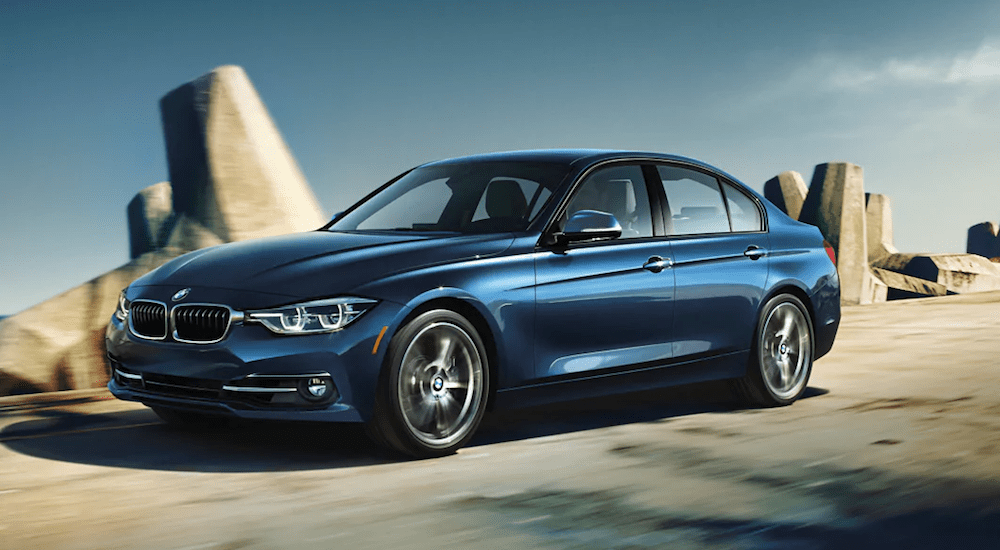The BMW 3 Series has always been presented as one of the most universal examples of a driver-centric vehicle. As beloved for its accessibility as it is for its engineering prowess, the 3 Series promises some exciting advances for 2019, courtesy of its ‘G20’ series. We may not find out everything we want to know until well after the Paris Motor Show, this October but here are a few of the advances that managed to grab hold (and still haven’t let go) of our attention.
Revamped Powertrain
Upgrading the 2.0-liter engine, BMW has remained somewhat secretative about final ratings. That said, they’ve let enough slip to estimate that horsepower will break the 250 hp mark (over the current 248 hp rating of the 330i) while the torque rating could approach 300 lb-ft (a significant jump from the current 258 lb-ft).
And with BMW’s recalibration of the eight-speed automatic gearbox, fuel consumption may be minimized by as much as 5%, providing another compelling incentive to consider the 2019 offering.
New Chassis and Damping Setup
2015 introduced a steel-aluminum-carbon fiber cluster architecture for the 7 Series (G11), and the new 3 Series (G20) will be built upon the same. In addition, it gains a limited slip differential, making it the first not-“M” Series BMW to do so as part of its sport dynamic engineering.
In addition, it employs groundbreaking (in terms of BMW) lift-related dampers. This means that the suspension adjusts based on the load weight to regulate travel, ensuring a firm and consistent experience that will be integral to the evolving suspension of the M-Sports lineup.
But Wait…There’s More
If we have your attention (but you still want more), the link below provides some recent footage of the 2019 3 Series testing at the legendary Nordschleife at Nurburgring (aka “Green Hell”). As summarized by DPCcars, these test runs “traditionally serve as an endurance test for the drive and suspension technology of newly developed BMW models. A particularly extensive testing program was developed for the camouflaged prototypes of the new BMW 3 Sedan. After all, the comprehensive renewal of the wheel suspension, steering, damping/suspension, and brakes provided the developers with a broad range of opportunities to optimize ride comfort and dynamic performance, enabling the ultimate sports sedan for the mid-range premium segment to mature lap by lap.”
Further elaborating, “The underlying concept of the four-door model shows just how much the development process for the new BMW 3 Series Sedan is geared towards enhanced sporty flair. The center of gravity is (almost half an inch) lower than in the predecessor model, axle load distribution is balanced at a harmonious 50: 50 and the total weight adjusted for fittings is as much as 121 pounds less. Meanwhile the rigidity levels of the body structure and suspension attachment – so crucial to the steering set-up and ride acoustics – have been significantly enhanced. The car’s agility and steering precision benefit from much-expanded track widths, while increased wheel camber levels offer additional potential for maximum transverse dynamics.”
Needless to say, the BMW 3 Series reputation as a ‘driver’s car’ shows no signs of changing anytime soon. In fact, it’ll be interesting to see just how much that reputation grows in the years to come.




